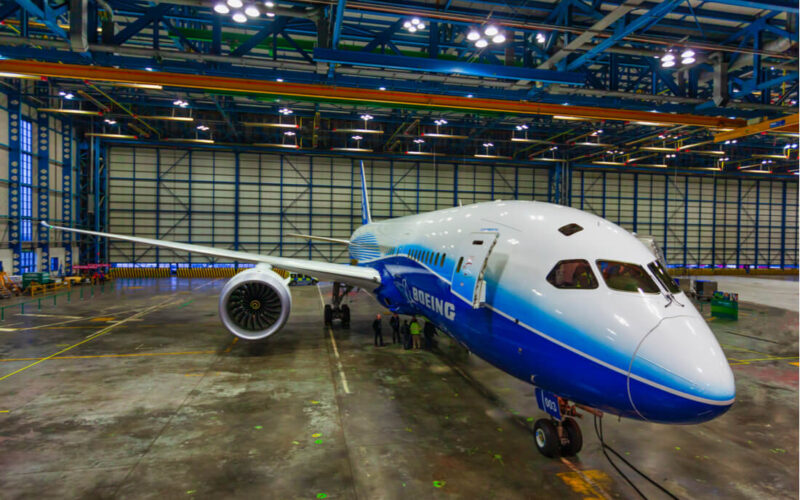A former Boeing employee claims that up to a quarter of the oxygen systems installed on Boeing 787 Dreamliner may be defective. The U.S. planemaker denies the accusation.
John Barnett, a former quality control engineer who worked for Boeing for 32 years before retiring in 2017, told BBC that he tested 300 new oxygen systems, and found that 75% did deploy correctly. He reported the 25% failure rate to the Federal Aviation Administration in 2017, but said the regulator dismissed the complaint because Boeing had indicated it was already fixing the issue.
Boeing rejected Barnett’s claims and explained that “every passenger oxygen system installed on our airplanes is tested multiple times before delivery to ensure it is functioning properly, and must pass those tests to remain on the airplane”. However, the manufacturer recognized that it had “identified some oxygen bottles received from the supplier that were not deploying properly” around that period, and that the problem has since been addressed.
The defective parts had allegedly been installed in Boeing’s final assembly line of North Charleston in South Carolina. It is not the first time that the facility, opened on November 12, 2011, has been at the center of interrogations regarding quality.
The former employee claims echo the New York Times investigation findings in April 2019. The publication outlined that the ramp-up of the production output after Boeing had failed to meet delivery deadlines forced employees to disregard certain procedures, including tracking of the parts installed on the aircraft. Barnett even claims that parts meant for scraps were installed on aircraft to be delivered.
At least one incident can be traced back to procedure discrepancies in the final assembly line of North Charleston. On February 10, 2015, an Air Canada Boeing 787 Dreamliner was flying from Vancouver, Canada to Tokyo Narita, Japan, when “the pilot [received] oil indicators from one of the engines,” said Air Canada (ADH2) spokesman Peter Fitzpatrick. The plane diverted to Anchorage, Alaska, and a new aircraft was dispatched to take the passengers to Narita. The Dreamliner, registered C-GHPQ, was the first that had been delivered to Air Canada (ADH2) , and was only ten months old when the incident happened. On June 29, 2019, Boeing admitted the falsification of several certificates of the aircraft.
In June 2019, after opening an investigation regarding the Boeing 737 MAX, the U.S. Department of Justice had reportedly extended its safety inquiry to the 787 Dreamliner. The administration issued subpoenas on records regarding the production of the aircraft in the South Carolina assembly site.

